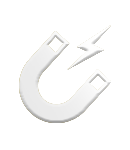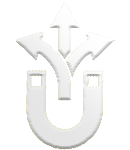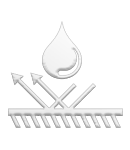All About Magnetisation Directions
What is Magnetisation Direction?
The magnetisation direction refers to the direction of the magnetic flux between the north and south poles of a magnet. This determines the magnetic field lines between the poles of a magnet. It may be difficult to visualise the magnetisation direction, so referring to a magnetic field diagram may help.
The types of magnetic materials that this applies to are neodymium, samarium cobalt (SmCo), alnico and ferrite magnets, but not all grades of these magnets have the ability to change magnetisation direction. Those that can change magnetisation direction are often done so in the earliest stages of manufacturing. This is where we control the direction of the magnetic poles to achieve a specific purpose or application.
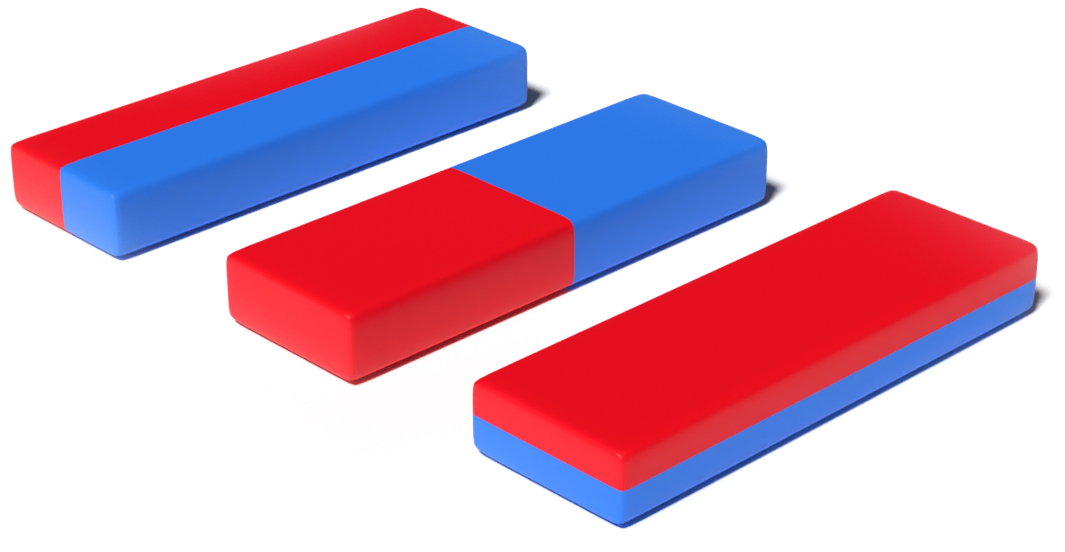
Permanent magnets are made of metals that are ferromagnetic. The materials are heated to high temperatures which align the atoms in the same direction as the magnetic field. Once the material cools down, the direction of the magnetic polarity is fixed into place.
What is a Magnetic Field?
A magnetic field is an area around a magnetic material that produces a magnetic force. This is produced by moving electric charges that produce a force against another electric charge. This repelling or attracting force is known as magnetism. The strength of the magnetic field is determined by multiple factors, such as the coercivity of the magnetic material.
The magnetic field that people are most familiar with is the Earth’s magnetic field. This geomagnetic field has a north and south pole, just like ordinary magnets. This happens because the Earth’s core is basically a giant magnet.
The magnetisation lines from the north and south poles always follow a predictable pattern. This is why compass needles always point north.
The north and south poles always attract, but the same poles repel from one another. This means when you face two north poles together, it will cause a repelling force. On the other hand, facing the north pole and the south pole will create an attracting force

Most Popular Magetisation Direction?
The most popular magnetisation direction is axial for disc magnets and thickness for block magnets, where magnetisation is directed along the length of the magnet (along the axis).
Other magnetisation directions are available, such as diametrically magnetised, radial magnetised, and planar multipolar magnetisation. Different magnetisation directions have their own benefits for certain applications.


Magnetism: Isotropic vs anisotropic
Magnets that can have their magnetisation direction changed are called anisotropic magnets. They can be magnetised in any direction. On the other hand, isotropic magnets have fixed magnetisation directions and cannot be changed. The advantage of anisotropic magnets is they generally have a stronger magnetic field than isotropic magnets.
Magnetisation Directions
Arc Magnets
Arc Magnets
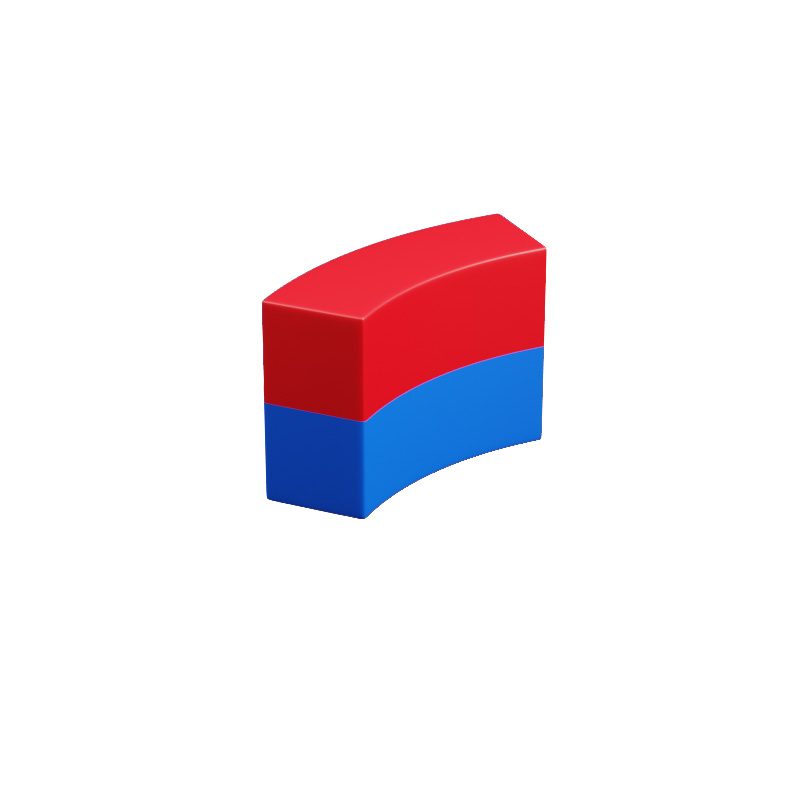
Thickness Magnetised

Segmentally Magnetised
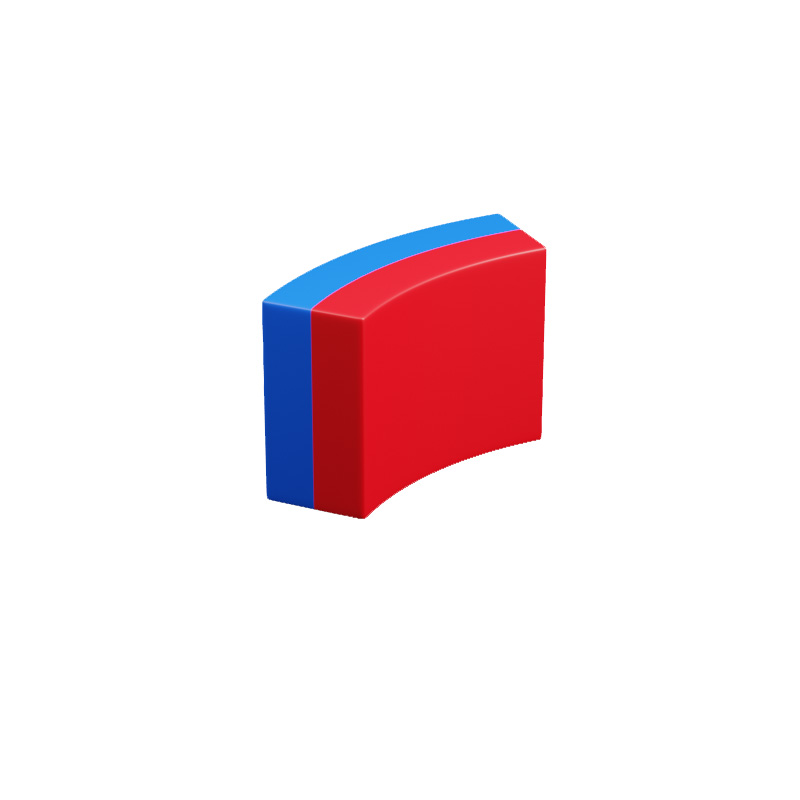
Radially Magnetised (North Inner)

Thickness Magnetised

Segmentally Magnetised

Radially Magnetised (North Inner)
Block Magnets
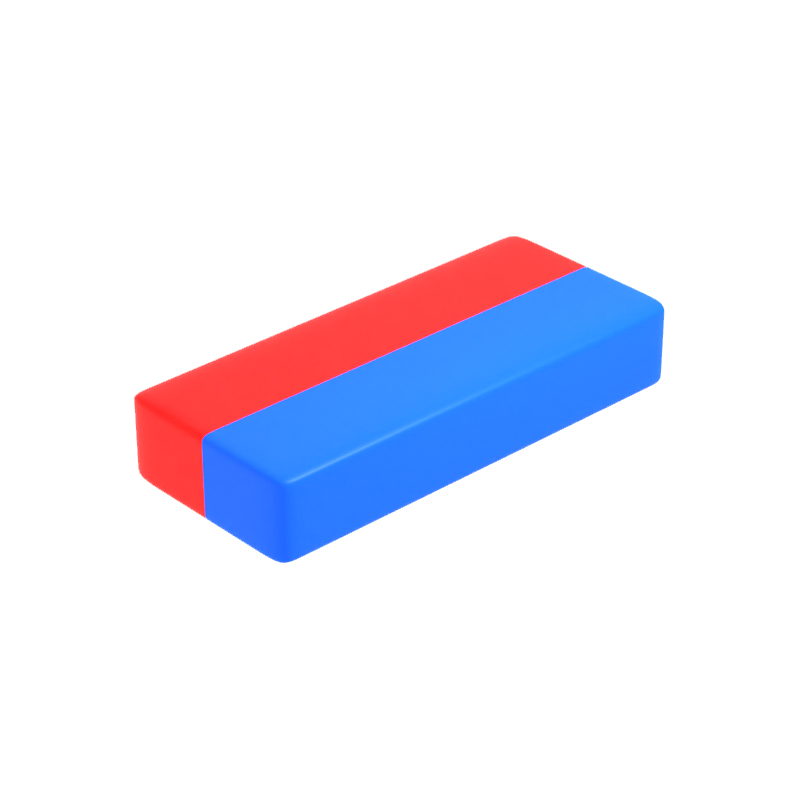
Width Magnetised
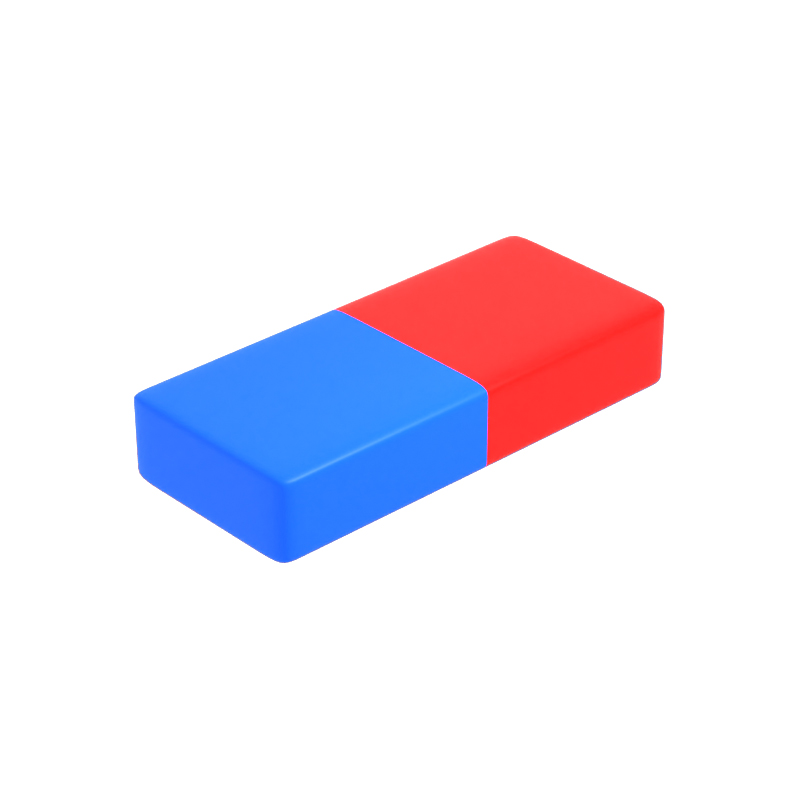
Length Magnetised
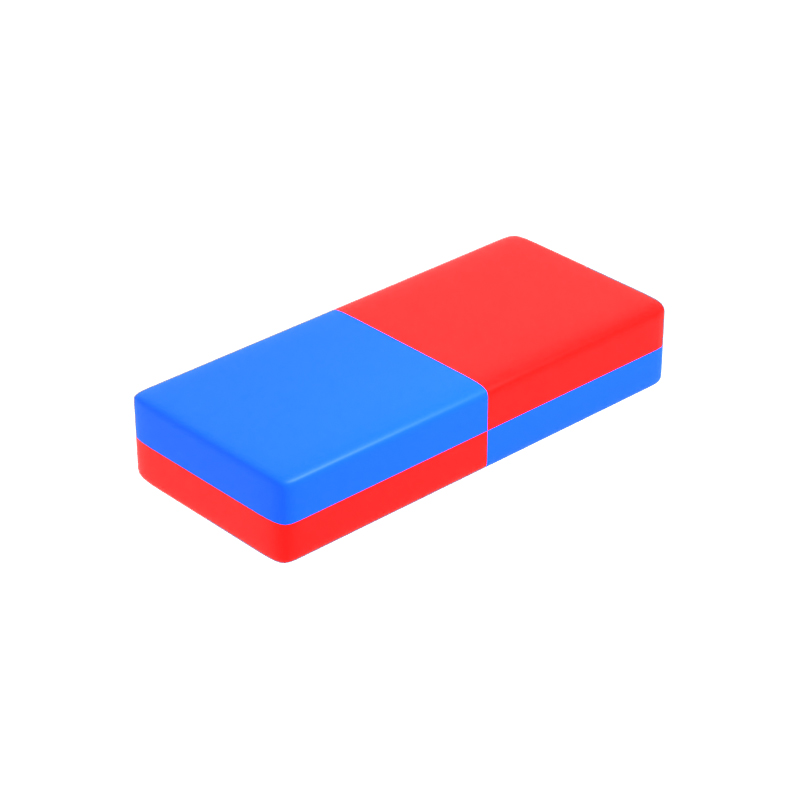
Multi-Poles Magnetised
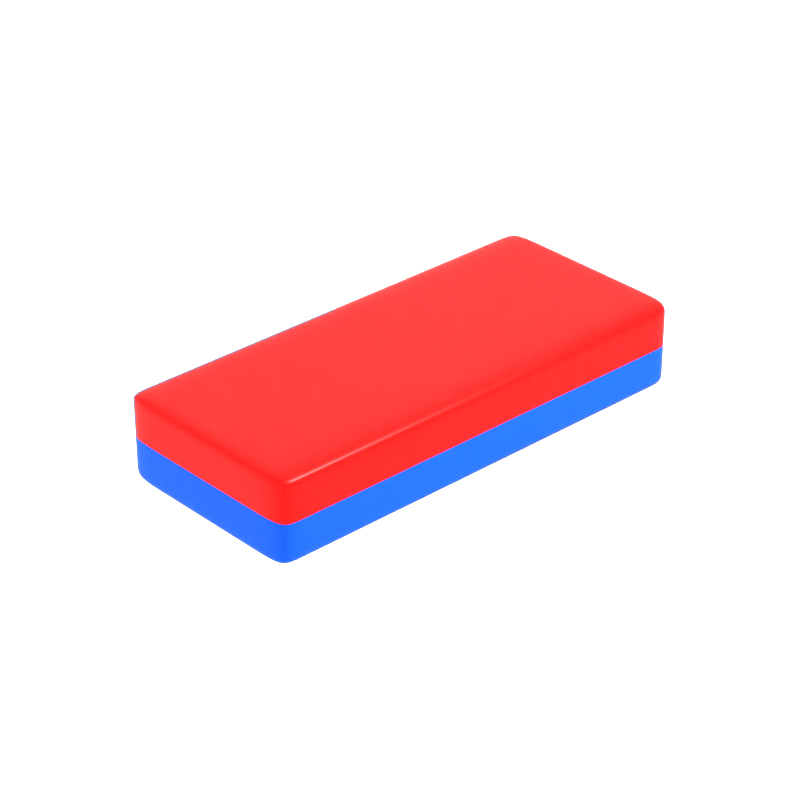
Thickness Magnetised
Block Magnets

Width Magnetised

Length Magnetised

Multi-Poles Magnetised

Thickness Magnetised
Disc Magnets
Disc Magnets
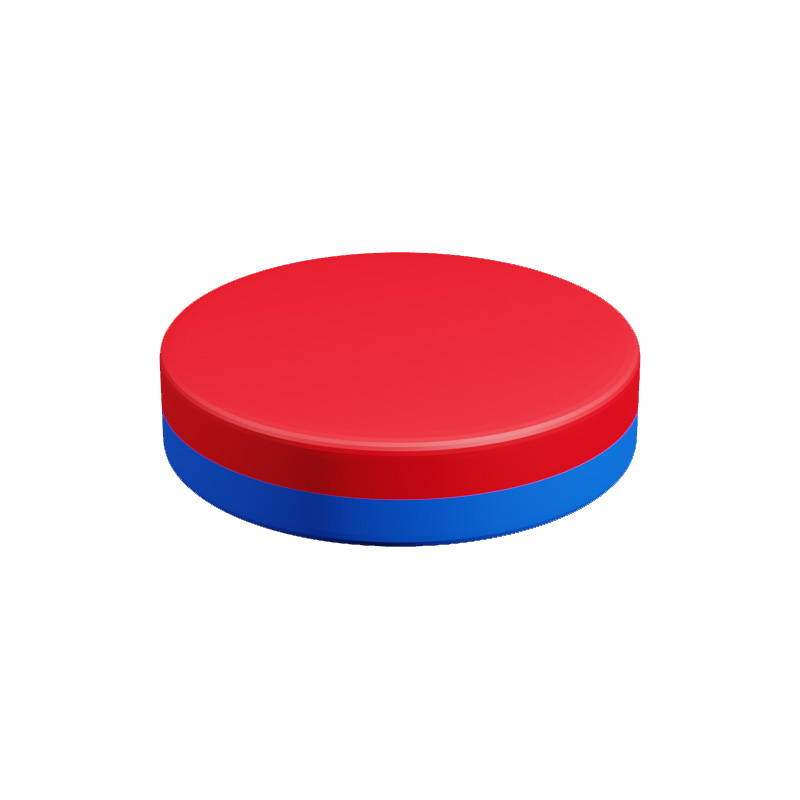
Axially Magnetised

Diametrically Magnetised

Multi-poles Magnetised

Axially Magnetised

Diametrically Magnetised

Multi-poles Magnetised
Ring Magnets
Ring Magnets
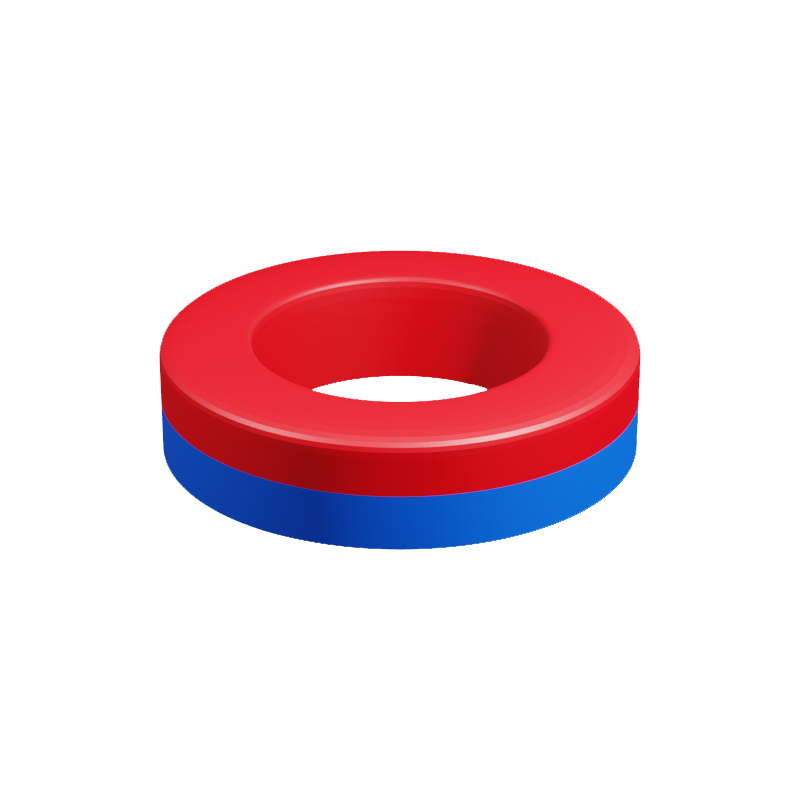
Axially Magnetised
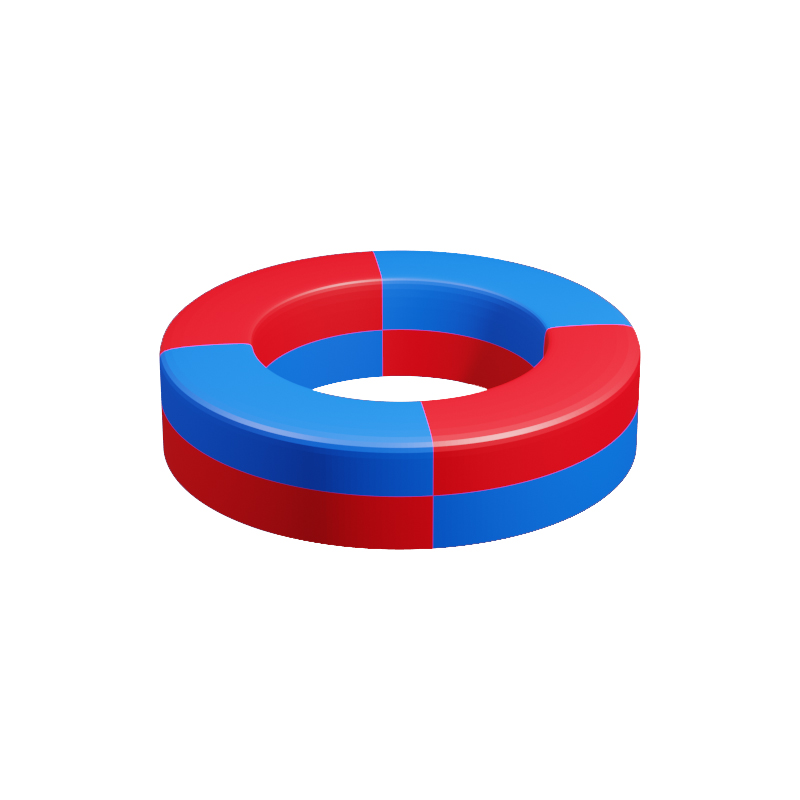
Multi-Poles Magnetised
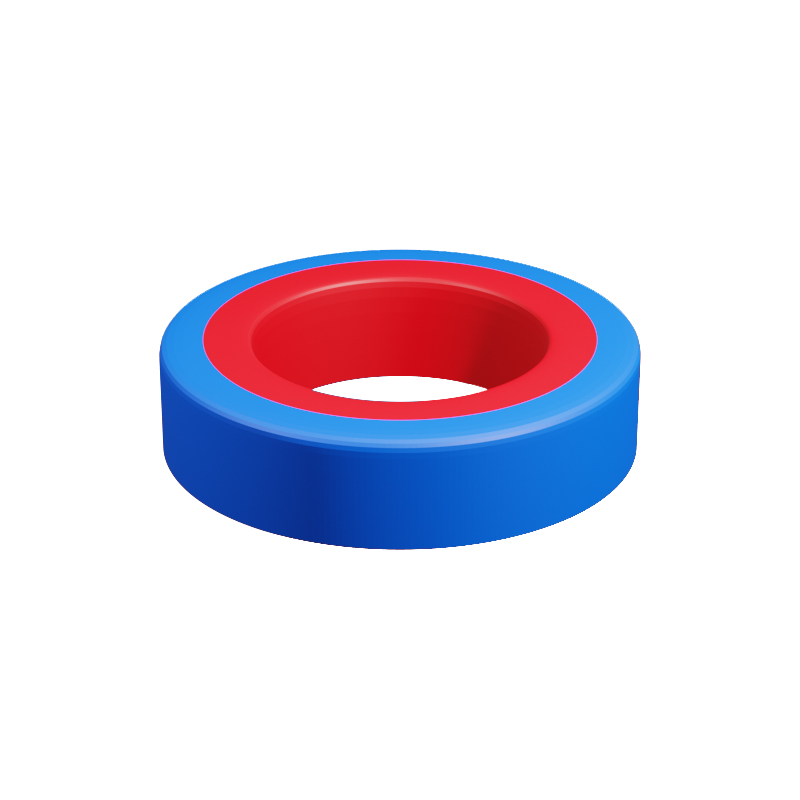
Radially Magnetised (South Inner)

Axially Magnetised
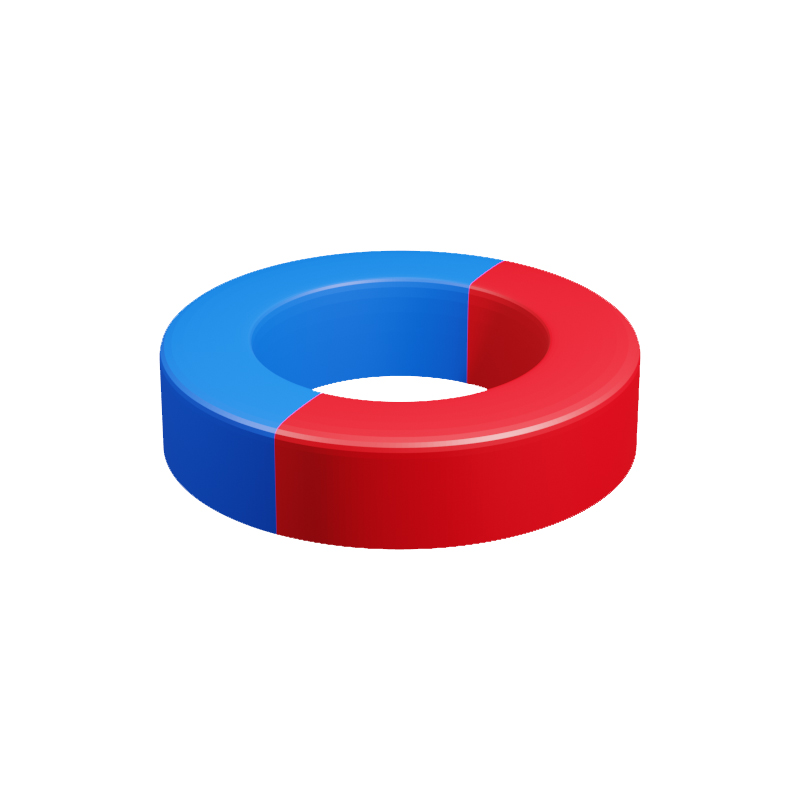
Diametrically Magnetised

Multi-Poles Magnetised

Radially Magnetised (South Inner)
Pot Magnets
Pot Magnets
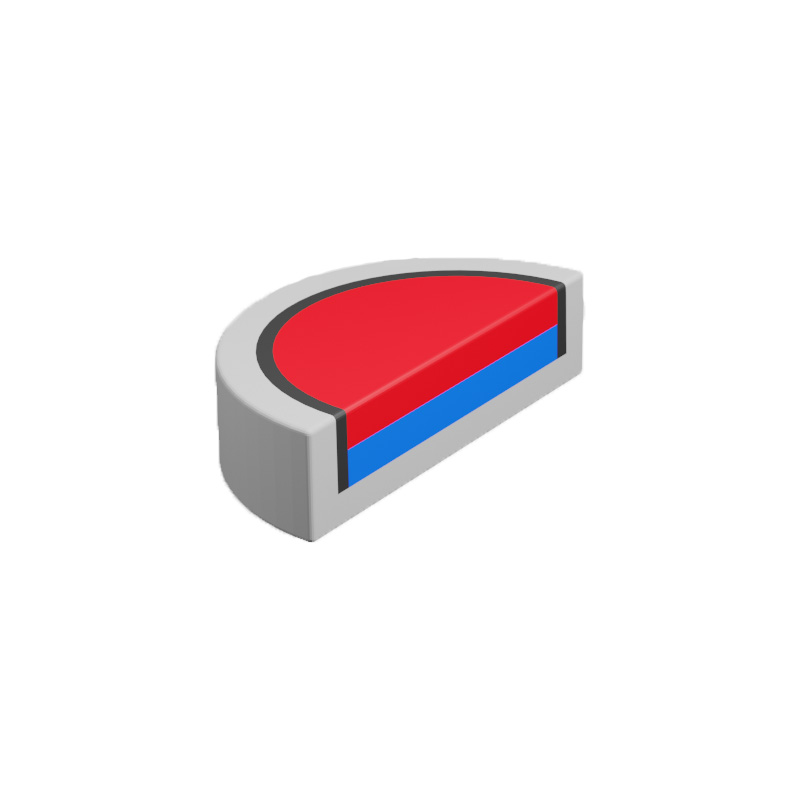
Axially Magnetised

Axially Magnetised

Rod Magnets
Rod Magnets
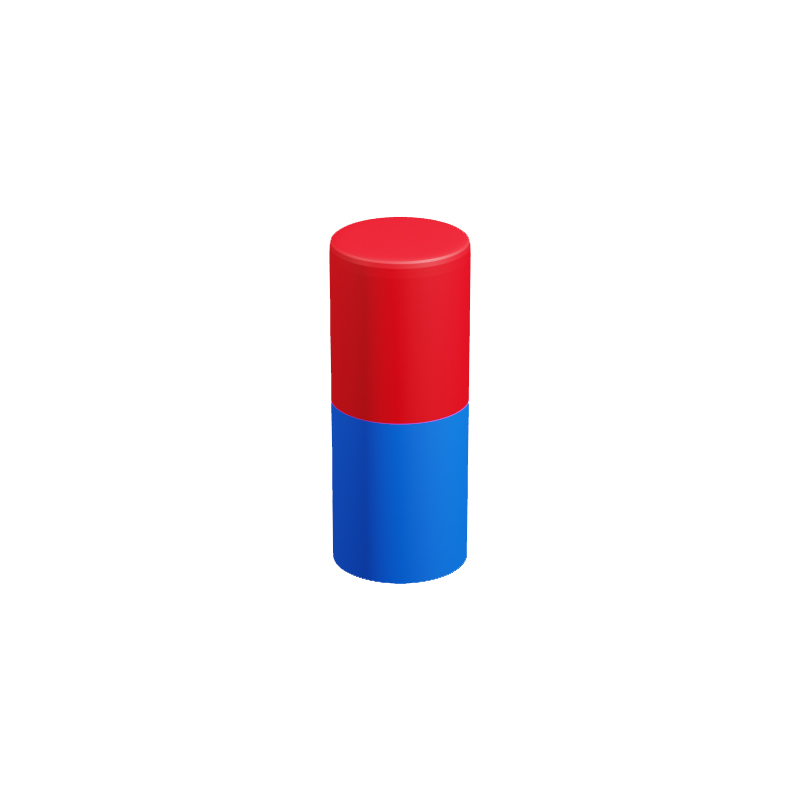
Axially Magnetised
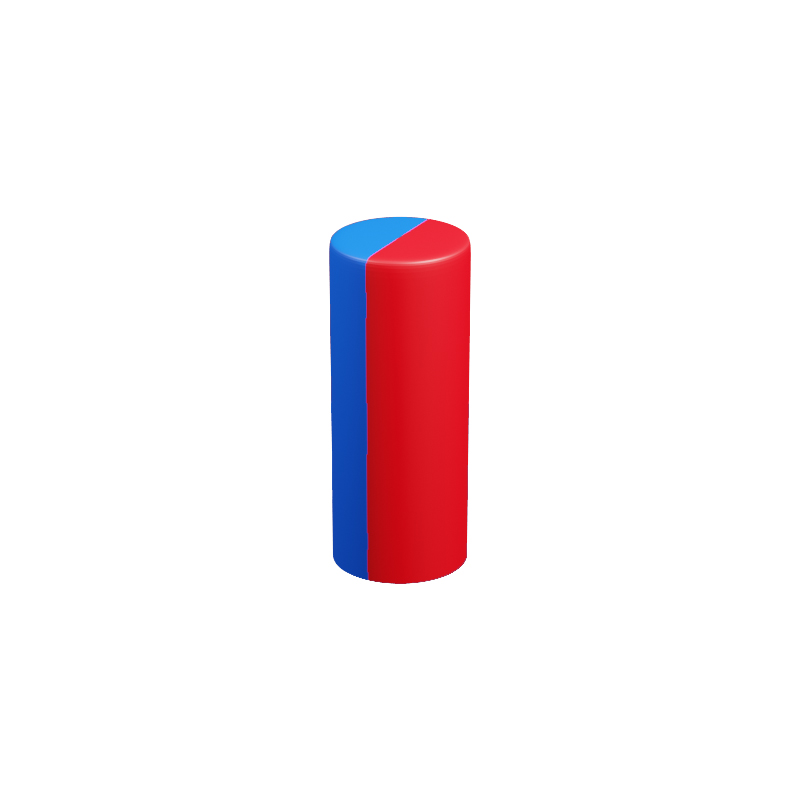
Diametrically Magnetised

Axially Magnetised

Diametrically Magnetised
Sphere Magnets
Sphere Magnets
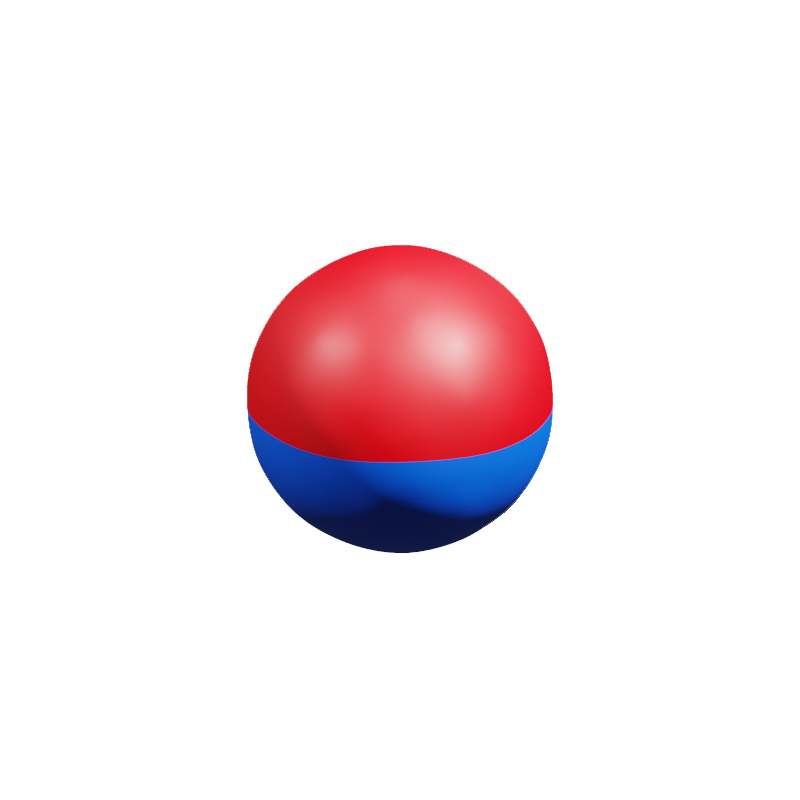
Axially Magnetised

Axially Magnetised
Tube Magnets
Tube Magnets
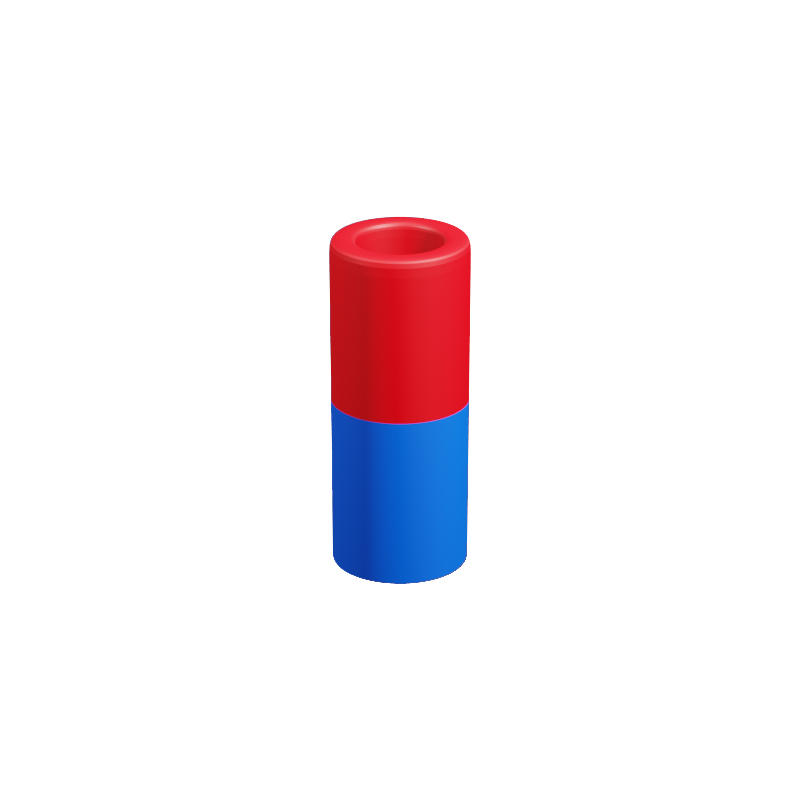
Axially Magnetised
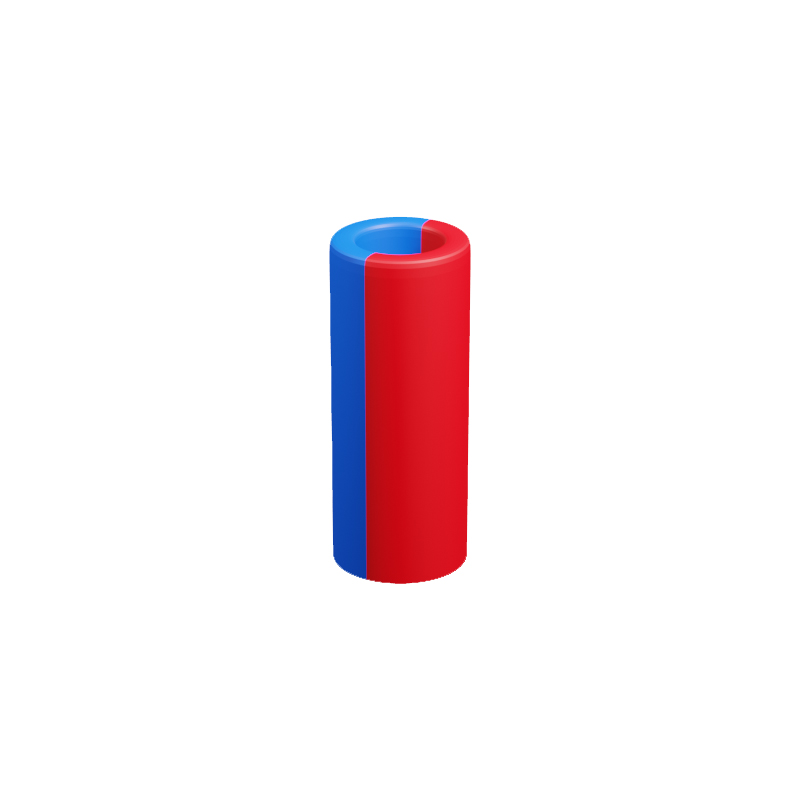
Diametrically Magnetised

Axially Magnetised





